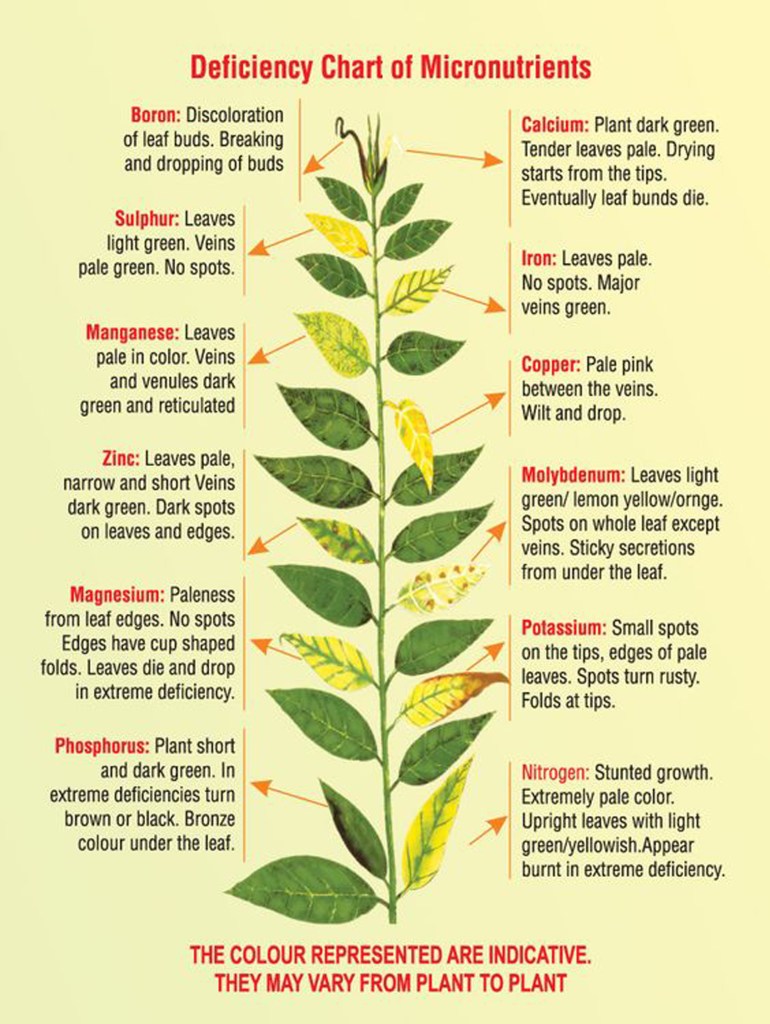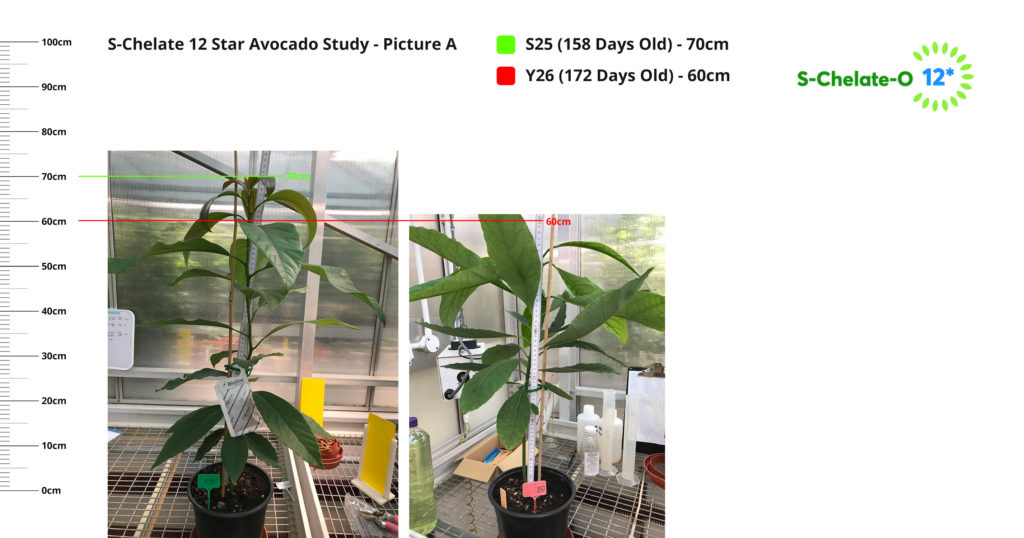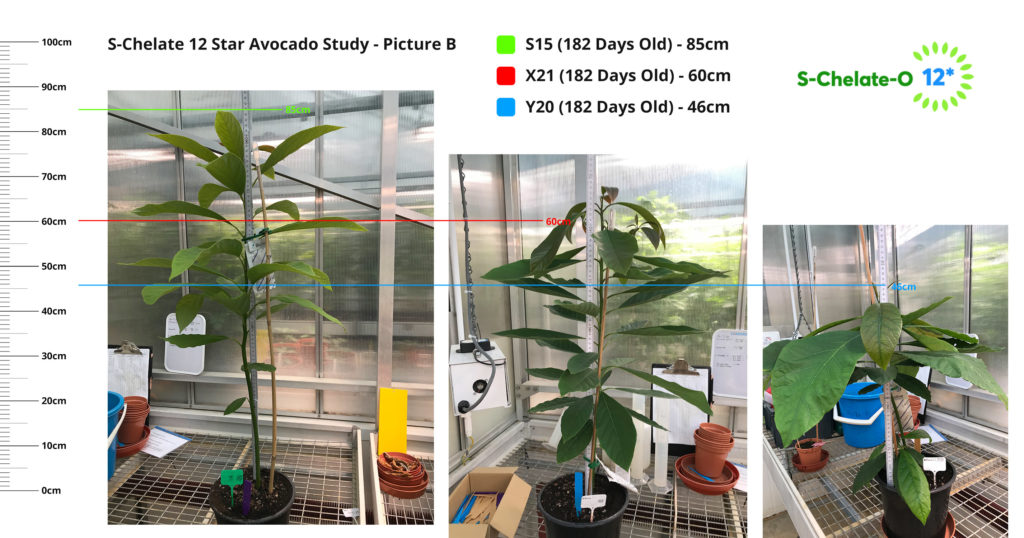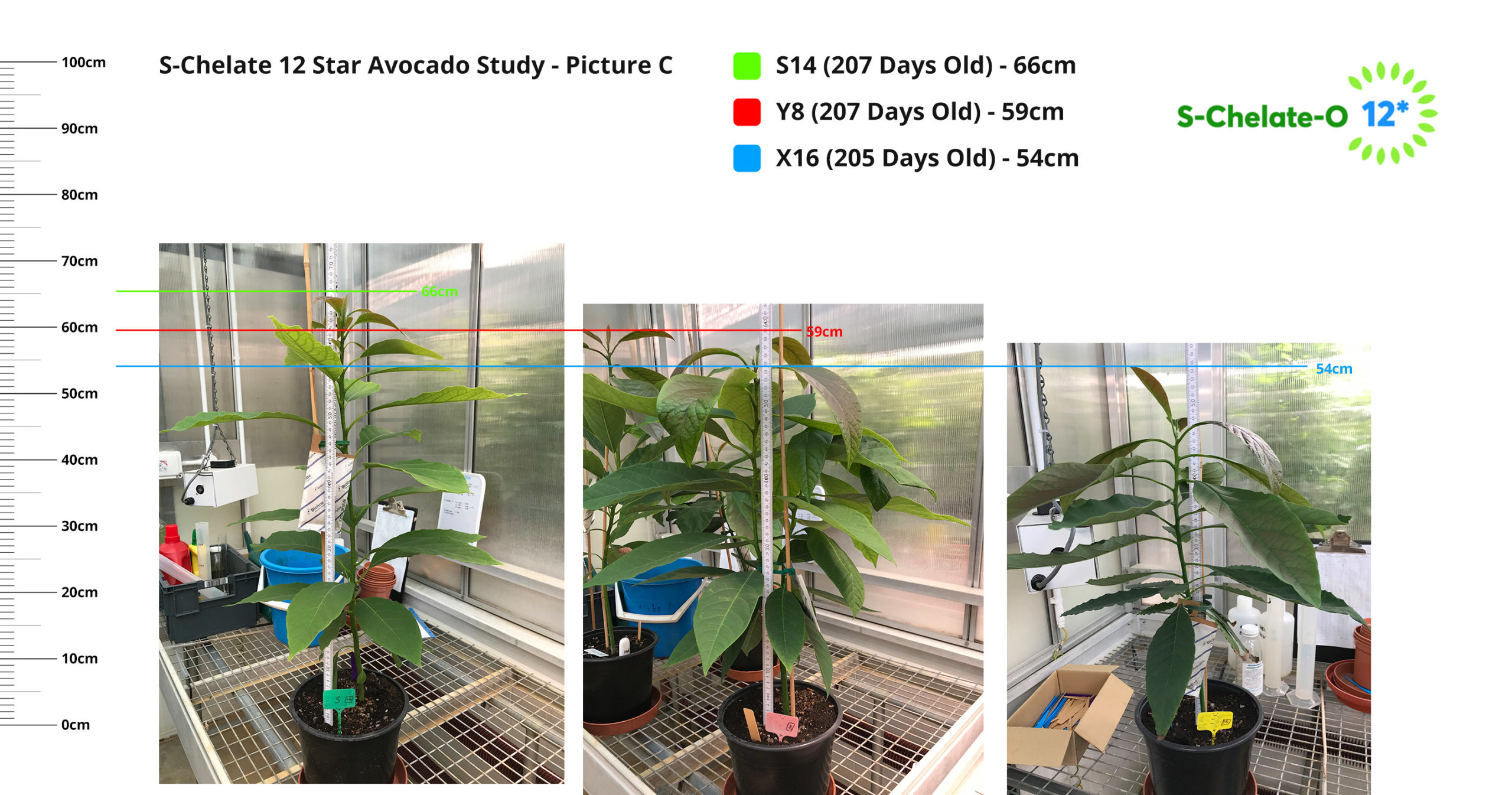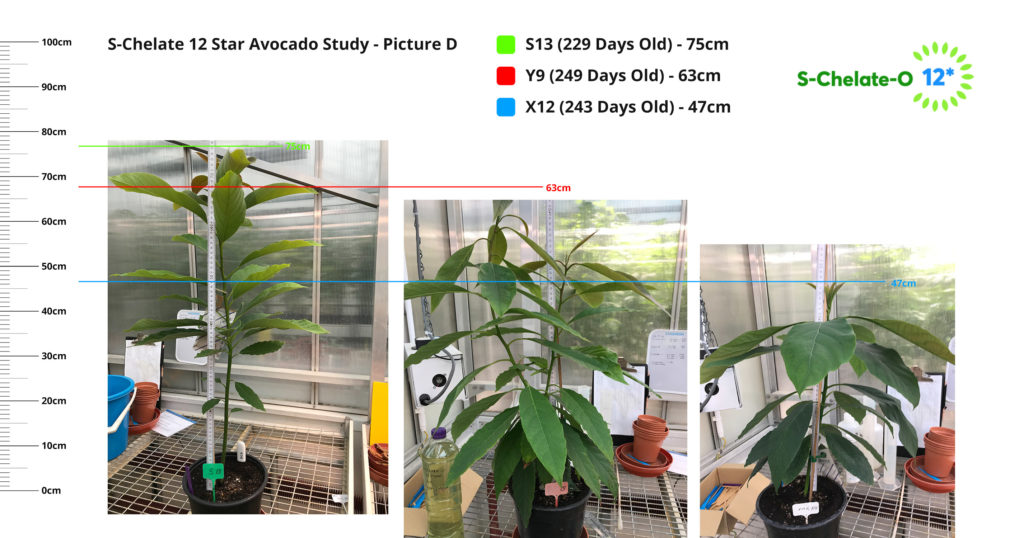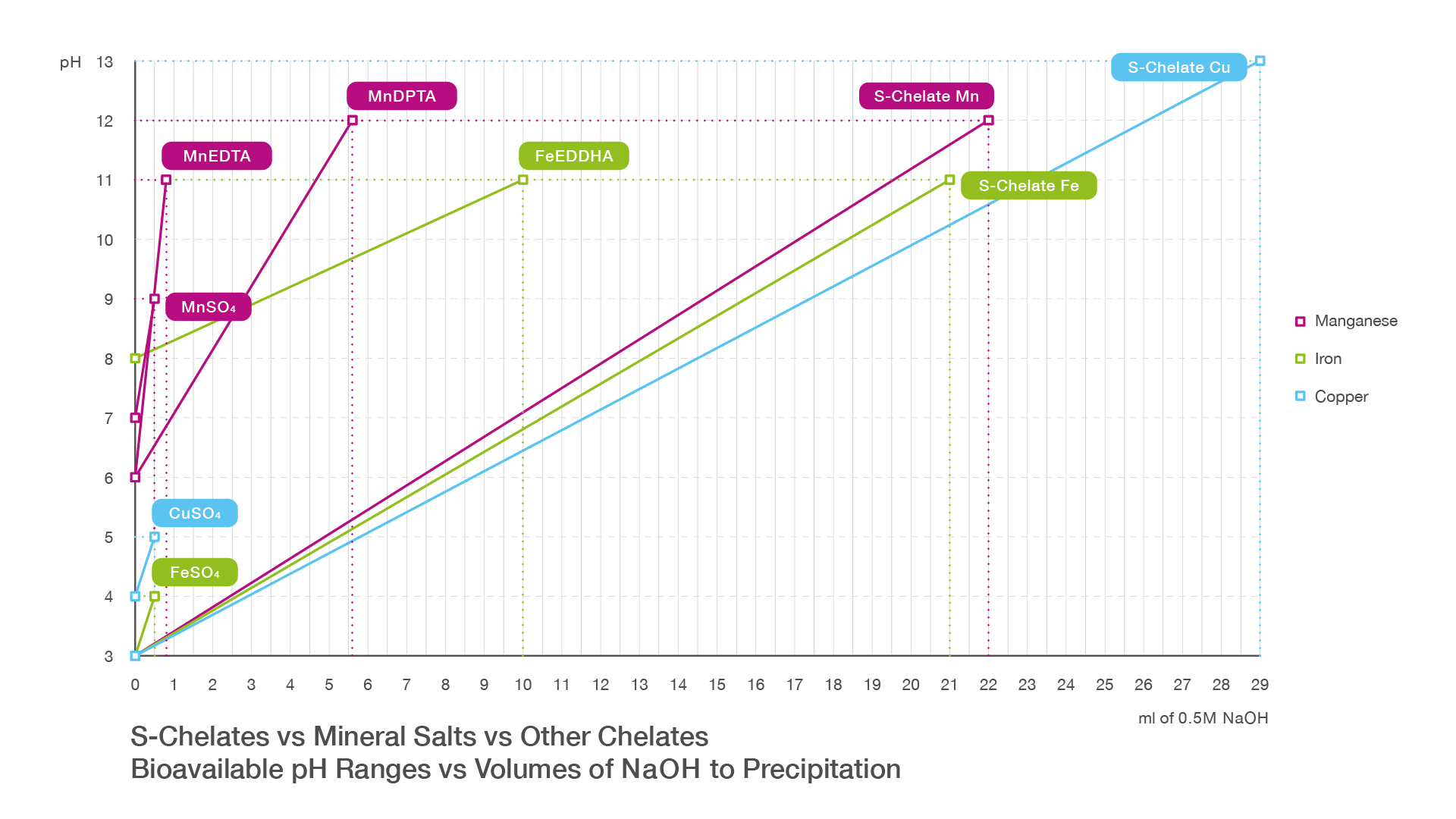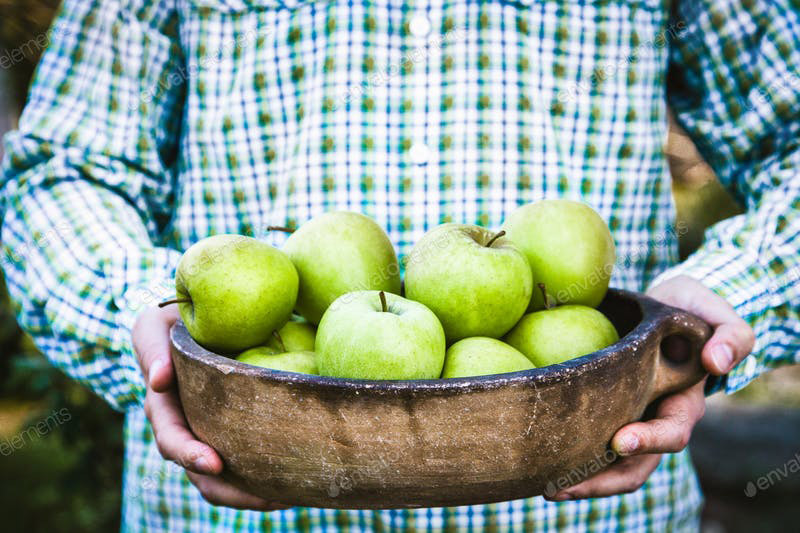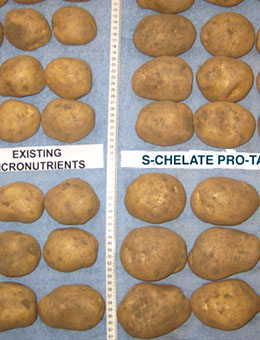Why Plants need S-Chelate Micronutrients
Reference: Arizona University
Plant Nutrient Deficiency Symptoms
Reference: www.permablitz.net
Macronutrients
Calcium (Ca)
- Symptoms: New leaves are distorted or hook shaped. The growing tip may die. Contributes to blossom end rot in tomatoes, tip burn of cabbage and brown/black heart of escarole & celery.
Nitrogen (N)
- Symptoms: Older leaves, generally at the bottom of the plant, will yellow. Remaining foliage is often light green. Stems may also yellow and may become spindly. Growth slows.
Magnesium (Mg)
- Symptoms: Slow growth and leaves turn pale yellow, sometimes just on the outer edges. New growth may be yellow with dark spots.
Phosphorus (P)
- Symptoms: Small leaves that may take on a reddish-purple tint. Leaf tips can look burnt and older leaves become almost black. Reduced fruit or seed production.
Potassium (K)
- Symptoms: Older leaves may look scorched around the edges and/or wilted. Interveinal chlorosis (yellowing between the leaf veins) develops.
Sulfur (S)
- Symptoms: New growth turns pale yellow, older growth stays green. Stunts growth.
Micronutrients
Boron (B)
- Symptoms: Poor stem and root growth. Terminal (end) buds may die. Witches brooms sometimes form.
Copper (Cu)
- Symptoms: Stunted growth. Leaves can become limp, curl, or drop. Seed stalks also become limp and bend over.
Manganese (Mn)
- Symptoms: Growth slows. Younger leaves turn pale yellow, often starting between veins. May develop dark or dead spots. Leaves, shoots and fruit diminished in size. Failure to bloom.
Molybdenum (Mo)
- Symptoms: Older leaves yellow, remaining foliage turns light green. Leaves can become narrow and distorted.
Zinc (Zn)
- Symptoms: Yellowing between veins of new growth. Terminal (end) leaves may form a rosette.
In conclusion, the final important point is that plants need all of the nutrients to flourish. If there is a deficiency in any single nutrient, the plant will suffer.
This principle is summed up in Liebig’s law of the minimum theory whereby plant growth is limited by the most deficient nutrient.
This is why we have formulated S-Chelate 12 Star as a complete feed with all 12 Macro and Micronutrients.
The S-Chelate-O Cultiv-8 has 8 of the vital micronutrients to complement Organic composts which provide organic sources of the 4 macronutrients.
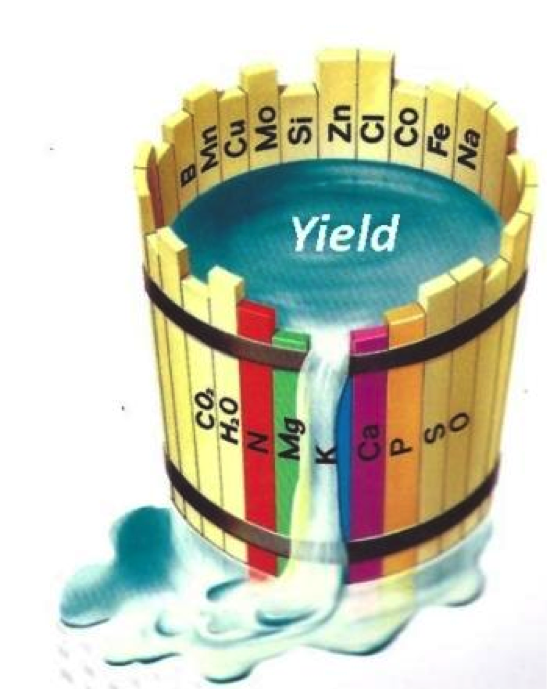
Liebig’s barrel
Now see how S-Chelate micronutrients are the best way to correct these deficiencies
What is S-Chelate?
Small quantities of various minerals have long been recognised as essential to the healthy growth of plants and the S-Chelate process has been developed to deliver the micronutrients that each plant requires with the optimum level of chelation.
Our chelating agent is produced through a biological fermentation process instead of a synthetic chemical process and is less bioaccumulative than other chelated systems.
The wide pH range and ability to absorb high levels of alkali shown in our titration test indicate high tolerance to soil and growing media pH extremes and hotspots and broad ranging bioavailability.
Many plants have benefited from one or other of our S-Chelate products. From Courgettes to Orchids, potatoes to figs our bio friendly products deliver the right nutrients across all types of soil. Moreover the recent trial growing Avocados from stones, comparing the S-Chelate-O 12* against two well-known competitor plant growth products, has confirmed the benefits of our chelation technology. Please click here to see the effect of using our S-Chelate products.

Benefits of using S-Chelate Nutrients
They are usable for all plants :
Amenities – turfs on golf courses, other sports surfaces and parks
Horticulture – fruits, berries, vegetables and ornamentals flowers,
Arable crops – Cereals
Arboriculture – trees, fruit trees
In particular S-Chelate products are ideal for use in drip fertigation polytunnel systems because the extended pH range can overcome the locking up of nutrients which can be caused by the use of growing media such as coconut coir.
They are also suitable for use in vegetable and herb hydroponic systems because the pH range tolerates the introduction of other chemicals such as hydrogen peroxide, which may be used to control pathogens in this intensive, high volumegrowing environment.
The technical basis for the success of the product range is that the S-Chelate process protects the cations in the plant against a wide range of pH in the soil, to enable more of them to be absorbed through the cell walls of leaves and root hairs.
As a result they convey the cations through the plant nutrient transport system in a more bio-available way leading to:
- Lower application rates – quarter to an eighth of non-chelated micronutrients
- Functions in 8 times more alkali in soils than straight EDTA chelates
- Need half the amount of non-chelated powders per tonne of NPK
Other benefits are that our S-Chelate powders
- Coat well and stay coated on NPK granules making each batch of coated NPK more consistent.
- Can be used for seed coating
- Dissolve quickly in water
- Offer foliar application without fear of scorching due to buffering effect
Who Benefits From S-Chelate?
The S-Chelate technology provides benefits across the board from the Agronomist who needs a special agent to rectify the deficiencies in the soil available to grow the chosen product to the home gardener wishing to improve the look of their indoor plants.



